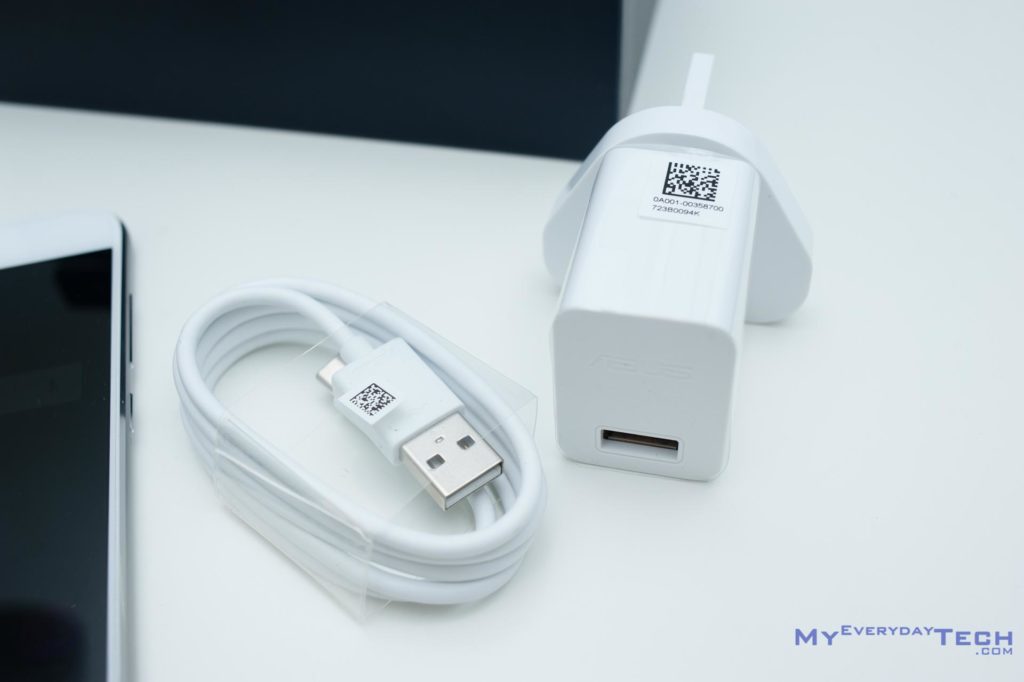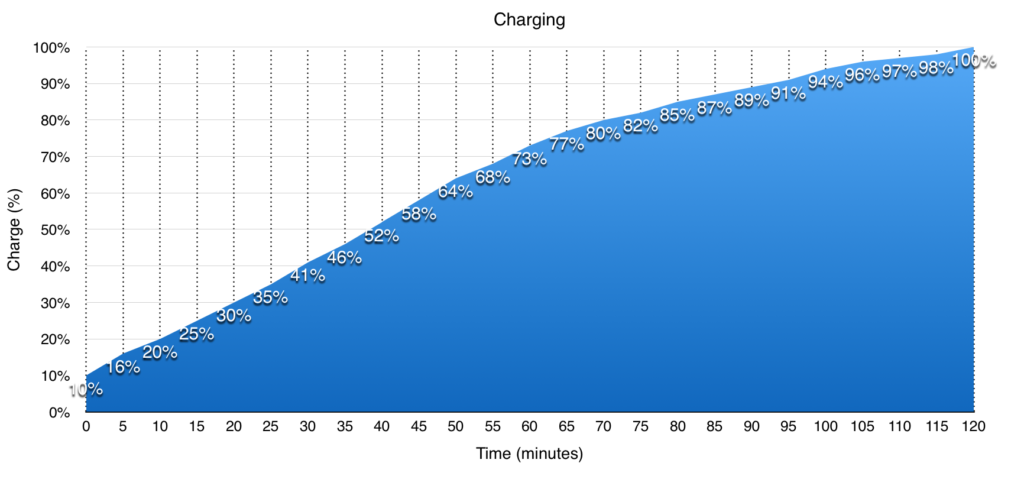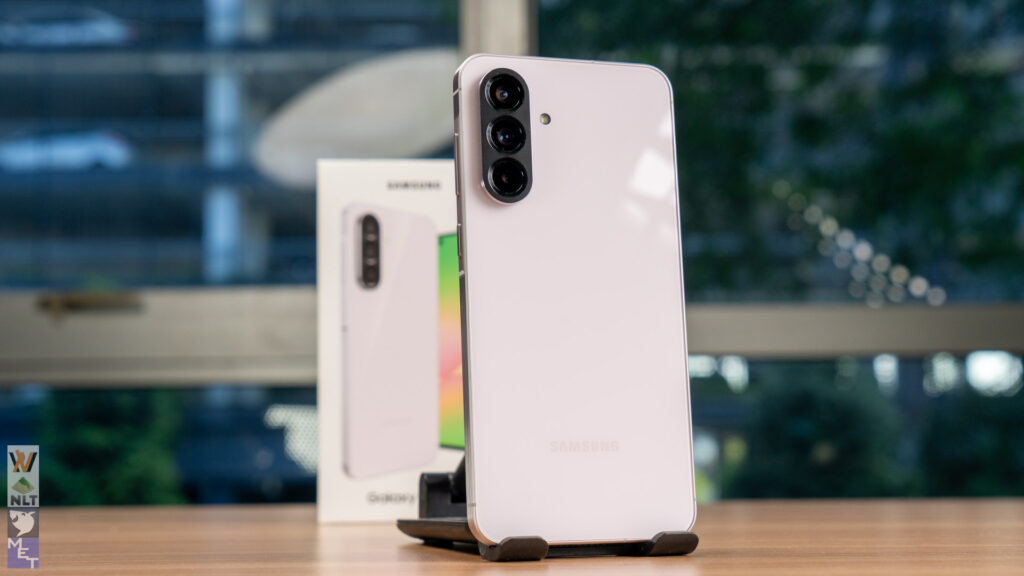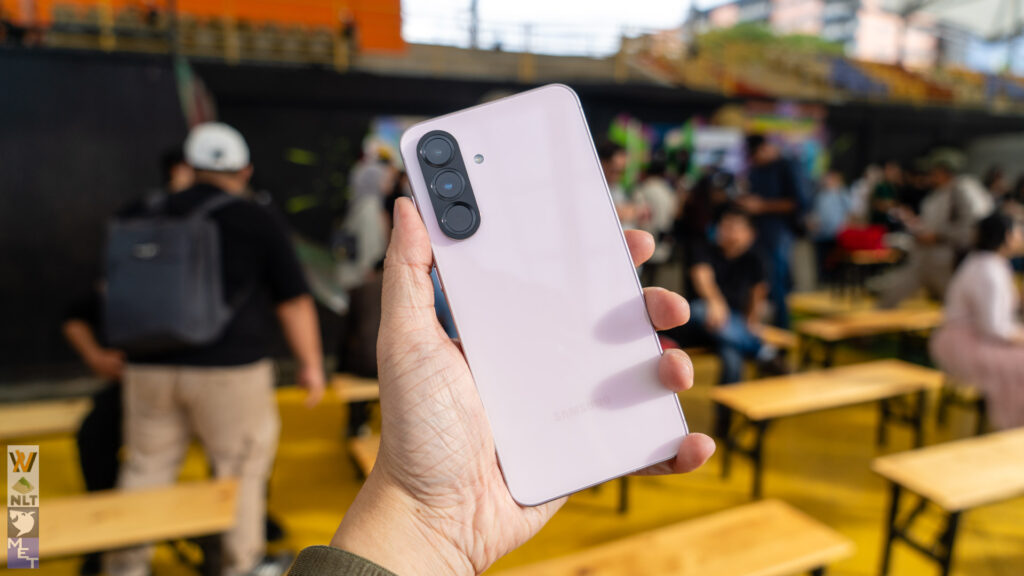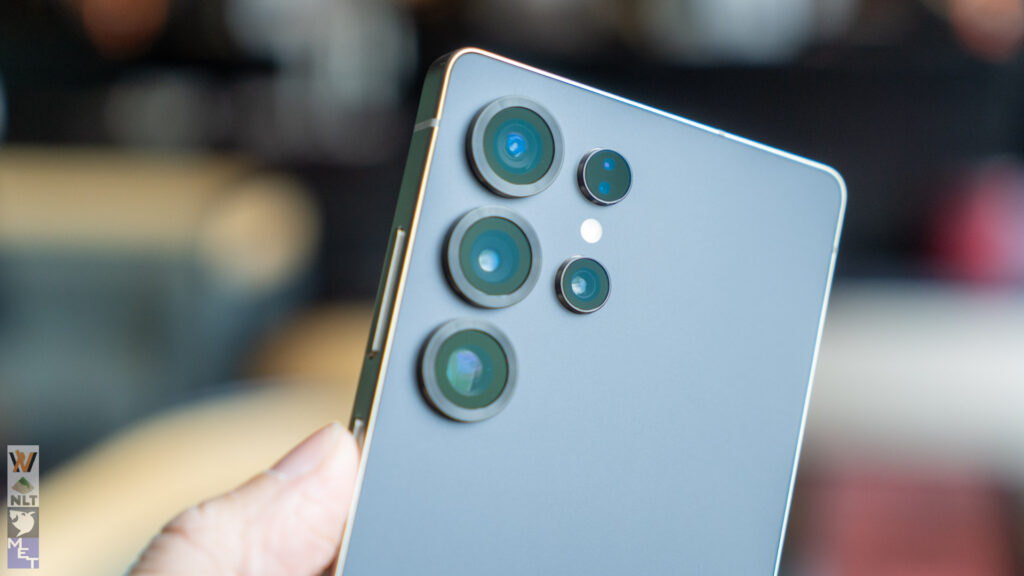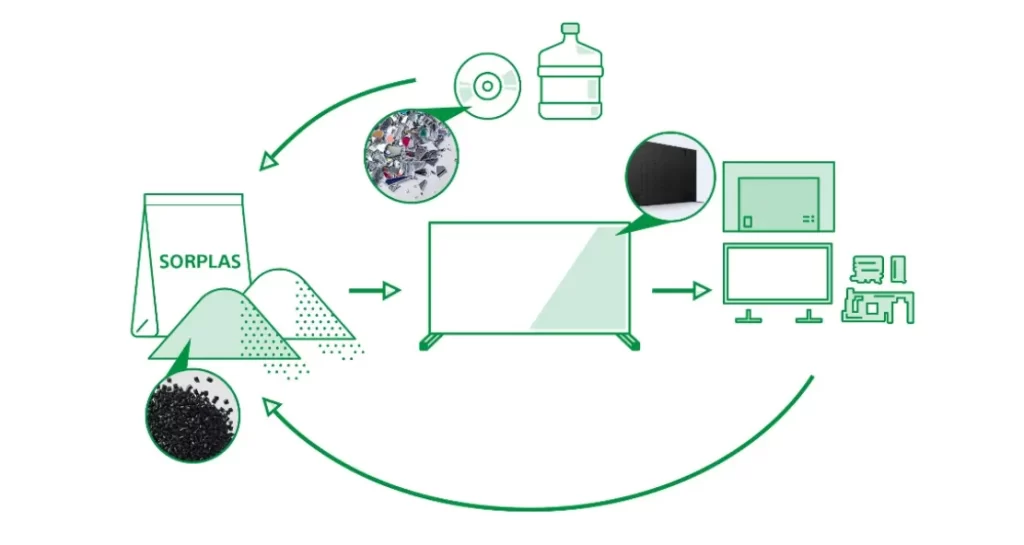Review – ASUS ZenFone 4: The Ambitious One
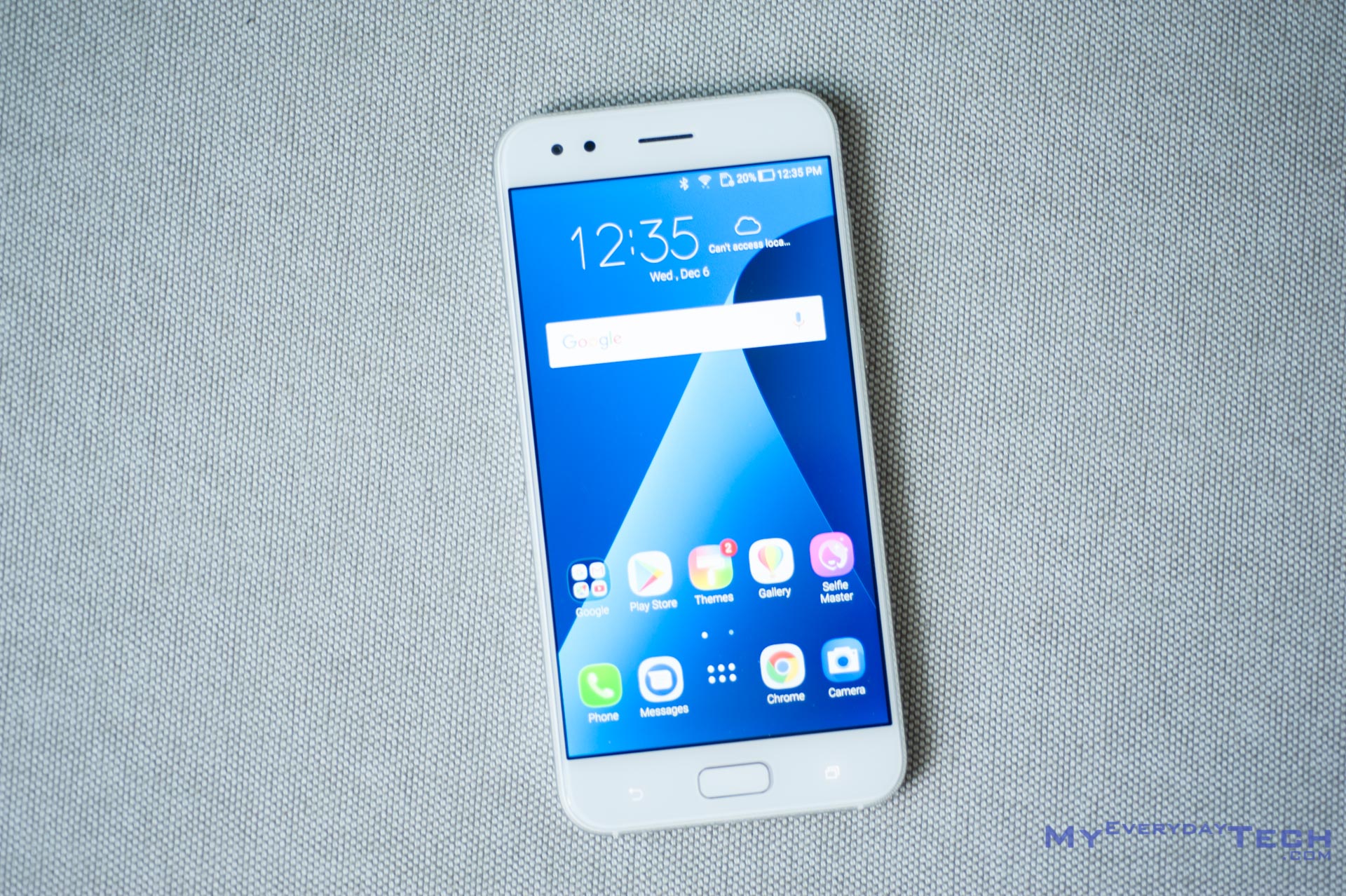
Performance & Battery Life
Snapdragon 630, 6 GB RAM & 64 GB storage
From the spec sheet, some might notice that ASUS has 2 variants of ZenFone 4, one with Snapdragon 660 while the other one with Snapdragon 630. The Malaysian market gets the latter one with a whopping 6GB of RAM.
As a fan of Snapdragon 625/626, I am looking forward to testing out the Snapdragon 630 since Qualcomm has included quite a number of upgrades into the new SoC:
- X12 LTE
- Spectra 160 ISP
- Adreno 508
- Quick Charge 4
- Bluetooth 5.0
- USB-C 3.1
- LPDDR4x 1333MHz
Below is some benchmark we performed on the ZenFone 4 in both Android 7.1.1 and Android 8.0.0. While the CPU performance has not seen much enhancement, the core upgrade lies on the Andreno 508 which is 30% faster than the previous Adreno 506. Graphic demanding games will now run smoother.
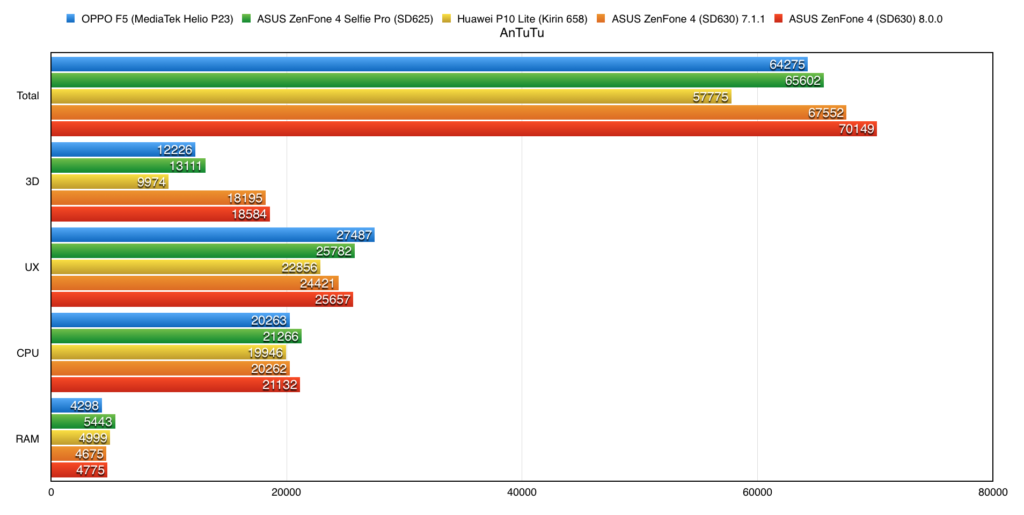
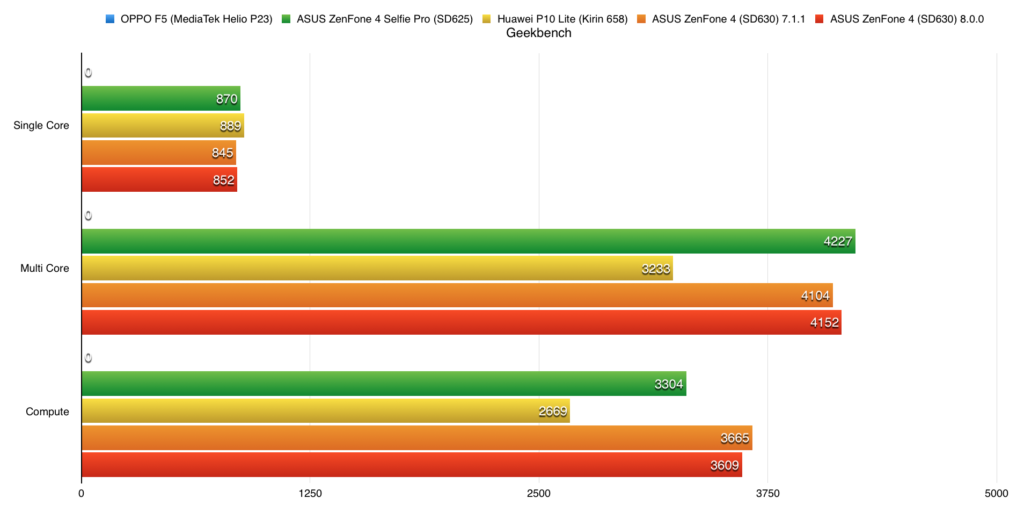
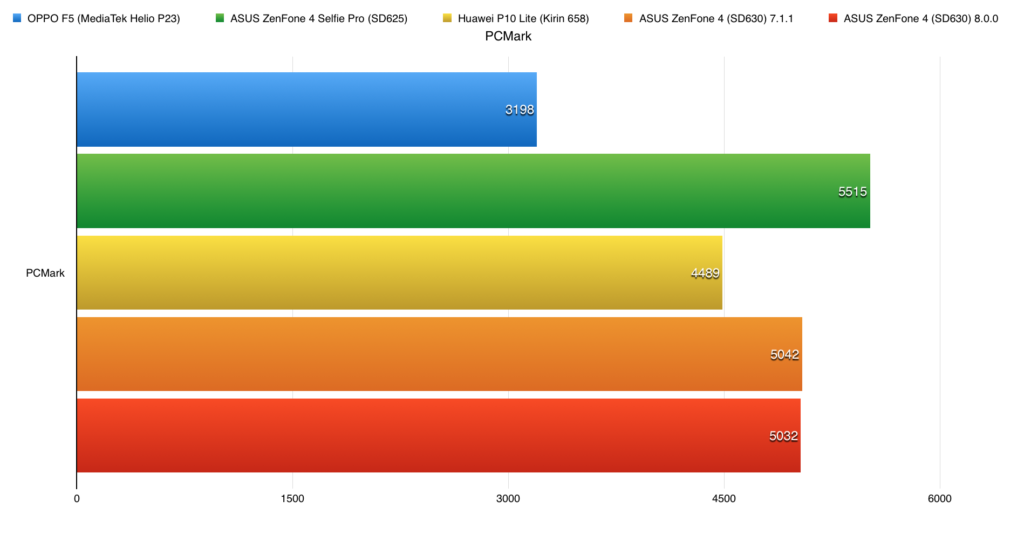
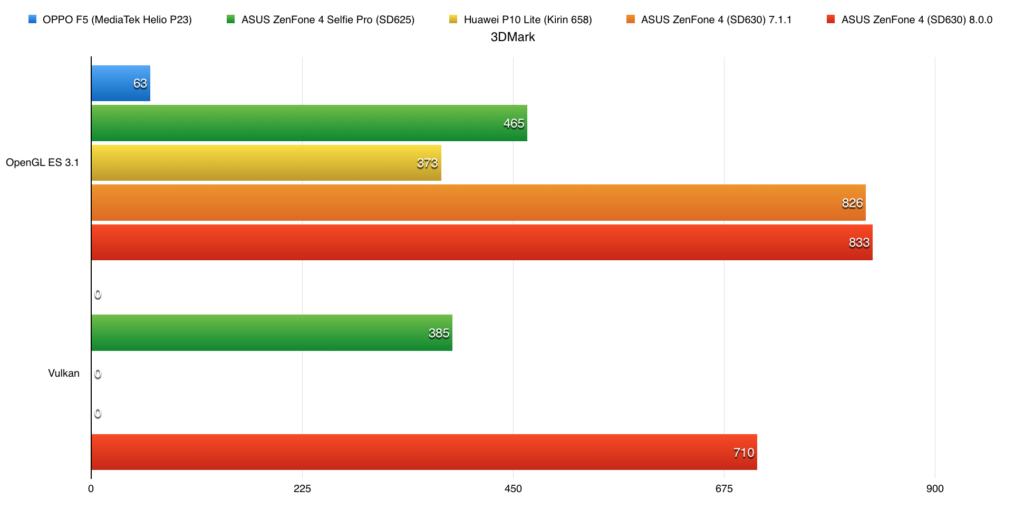
Battery
Powering the device is a built-in 3300 mAh battery. Thanks to the power efficient Snapdragon 630, the phone could easily last through a full day of usage without having the need of a power bank with you. PCMark Work benchmark has shown the device is capable of hitting 9h ~ 9h 37min of battery life. In terms of real-world usage, I had the phone unplugged for almost 15 hours and gets around 5 hours plus of screen-on-time with 10% battery to spare.
Charging
When it is time to juice up the phone, ASUS has bundled a 5V2A charger in the box. The charger provides a steady 10W of power as it is not based on any fast-charge technology. Still, oddly enough, on ASUS’s official website, they have stated their proprietary ASUS BoostMaster technology would provide 15W of power for incredibly fast charging. Wow, I wonder how did they do it.
Then again, I did mention the Snapdragon 630 is supporting Qualcomm Quick Charge 4. I mean, why manufacturers can’t just agree to use a common standard?
Contents


